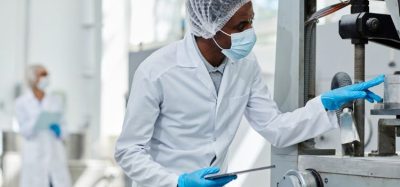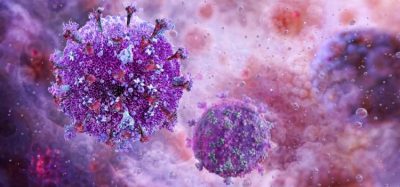The future of bioanalysis with microchip chromatography
Posted: 4 January 2018 | Johan Devenyns (PharmaFluidics) | No comments yet
Much rests on the further development of bioanalytical technologies which allow the highest level of sensitivity on small samples, and robust, high reproducibility across large populations. Johan Devenyns, CEO PharmaFluidics, explains further…


Johan Devenyns, CEO PharmaFluidics
THE past few years have seen the introduction of advanced bioanalytical technologies such as next-generation sequencing (NGS) and liquid chromatography/mass spectrometry (LC/ MS). Together, they provide unprecedented power for integrated and systematic investigation of, respectively, cellular genomes, transcriptomes, and their proteomes and metabolomes.
The ‘holy grail’ of proteomics and metabolomics is to decode the proteome and the metabolome at the single cell level. This imposes enormous challenges to sensitivity as there are no amplification methods for proteins and metabolites comparable to those of nucleic acids. Although the current packed bed nano-LC/ MS is generally considered a sensitive approach, it can be associated with limited chromatographic performance, poor column reproducibility and fluidic handling problems – so single cell proteomics has yet to be achieved.
Recently, we believe the boundaries for sample limited bioanalysis have been pushed significantly by PharmaFluidics’ micro-Chip chromatography device. The combination of its ultra-high resolution μPAC™ HPLC columns – and high accuracy mass spectrometers – allowed for the identification of more than 3,000 proteins from the equivalent of 50 HeLa cells.
[insert_php] if ( zmember_valid_subscription() ) { echo ‘
DOWNLOAD THE ENTIRE 21st ANNIVERSARY SUPPLEMENT NOW
‘ ; } else { echo ‘
‘; } [/insert_php]
Micro-chip chromatography for biopharmaceutical industry applications
For over 100 currently marketed biopharmaceutical reference products, there is a pipeline with nearly 800 biosimilars and about 500 biobetters in development. Proving bioequivalence and monitoring batch-tobatch variation are forcing the regulatory landscape to change. Increasing biotherapeutic complexity, including antibody drug conjugates, is forcing new methodologies. The drive towards continuous biomanufacturing requires new and more online production analysis, so high-resolution, robust workflows are required. These developments are providing tremendous opportunities for new bioanalytical techniques. Recently, PharmaFluidics’ micro-chip chromatography device has been used to characterise monoclonal antibodies. The combination of its ultra-high resolution μPAC™ HPLC columns and high accuracy mass spectrometers were used to reveal details of AO trastuzumab (Herceptin) originator and similars, or its conjugate adotrastuzumab emtansine (Kadcyla). In mAb or ADC mapping analyses, small differences in the sequence reflecting point mutations, the position and prevalence of posttranslational modifications, glycosylations, or deamidations – that can arise during production or storage of the compounds – can have a major impact on biological performance and regulatory approval.
PharmaFluidics’ microchip chromatography
μPAC™ is the first micro-chip chromatography device that is manufactured using lithographic micromachining techniques. The layout of the stationary phase support structure is carefully designed. The perfectly ordered backbone of the separation bed is formed by etching interstitial volumes out of a silicon wafer. The low ‘on-column’ dispersion, obtained thanks to the perfect order, virtually eliminates axial peak dispersion, resulting in higher column plate numbers – with sharper peaks and higher concentration of compounds. The freestanding nature of the pillars also leads to much lower backpressure, allowing the use of very long columns. These exceptional properties result in excellent chromatographic performance with high-resolution and high sensitivity. This new approach significantly improves LC analysis in complex mixtures of biological samples. PharmaFluidics columns are compatible with all commercial nano- LC equipment.
Issue
Related topics
Biologics, Biomarkers, Biopharmaceuticals, Chromatography, Manufacturing, Mass Spectrometry, Metabonomics, Proteomics, Technology









